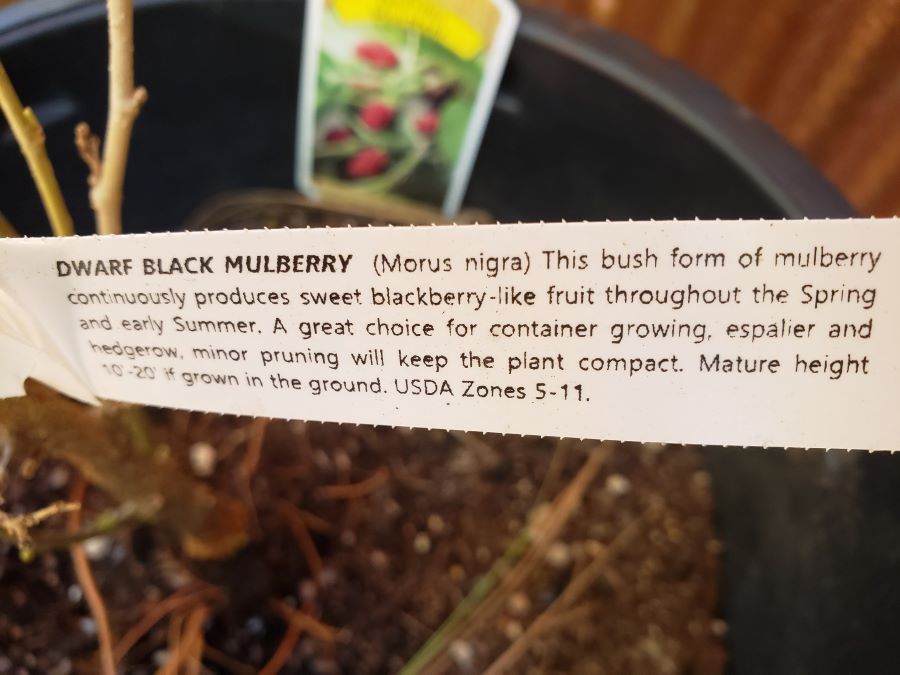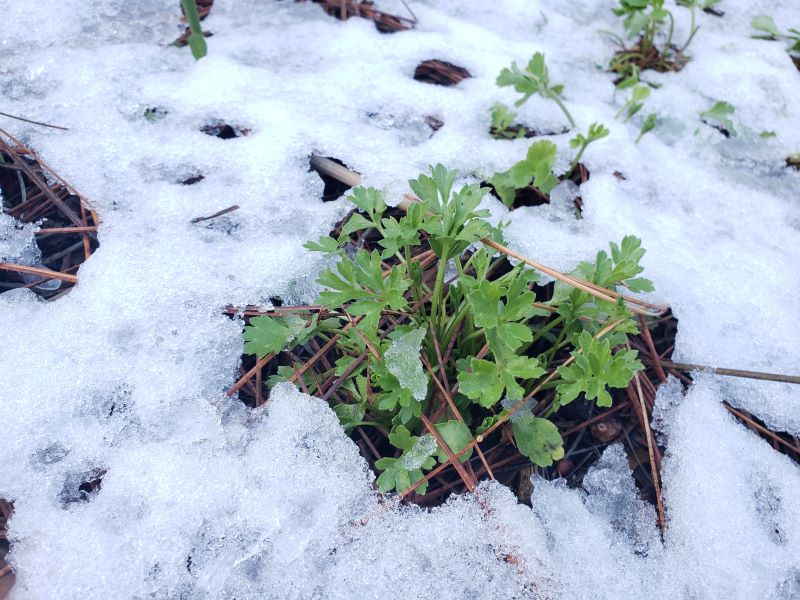What zone are we in? Plant zones let you know if a plant will live where you live.
It all has to do with plant hardiness. Hardiness doesn’t mean how tough a plant is or how easy it is to grow. No, it’s something very different.
It’s all about how cold it gets where you are.
What the average low temperatures your area gets in the winter determines your zone. The zones with the coldest temperatures have the lowest numbers, and the warmest zones have the highest numbers, ranging from 1 to 13. The zones represent 10 degree increments. They’re further broken down to half zones, zone a and zone b, with a difference of 5 degrees. These are called plant hardiness zones.
How do you find your zone?
Luckily, in the US we have a USDA Plant Zone Map*. You can enter your zip code and get your zone.
The map is general so if your area is mountainous and variable, it may be hard to get yours right. But you can go to Map Downloads to zero in on your area better.
The hardiness zone is based on an average of 30 years of low temperatures, not the lowest temperature possible. Weather is always variable and it is becoming even more variable these days with our changing climate.
Plant zones here in Nevada County:
Nevada City: 95959 is Zone 8b with average lows of 15-20
Grass Valley: 95945 is 9a with average lows of 20-25 degrees
Penn Valley: 95946 is 9a with average lows of 20-25 degrees
Obviously there’s a lot of variability within the zones. As in the difference between Grass Valley and Penn Valley, the two have the same zone yet get very different amounts of snow! This can affect the length of your growing season.
Higher elevation areas have a shorter window for growing some plants, especially annuals like summer vegetables and annual flowers. That means you plant later and get frost earlier than warmer parts of the same zone. But you can keep safer with some frost protection measures up your sleeve, like a lightweight frost protection fabric you can lay right over your plants to give you a few degrees of protection. I recommend Agribon Row Cover. Or you can simply wait till the time is right. By having a shorter summer vegetable season means you can start cool weather crops earlier, like cilantro, broccoli, kale, and beets.

Microclimates and tricks
There are other factors that influence whether a plant will grow in an area. Microclimates, prevailing winds, health of the plants, and their water stress level will affect whether our plant will survive a winter or thrive where you are. Microclimates can include things like being near a blacktop or paved area that soaks up heat, or on top of a windy slope, or at the bottom of a hill, or in a warm sheltered spot. So give your zone some wiggle room because it may be a little off for your spot.
There are some tricks you can do to overwinter plants for a warmer zone that you really want to grow. Like growing them in pots and bringing them indoors to a cool, sunny room for the winter. Or stinging Christmas lights with low warmth through your citrus tree. But this is extra work. Some can survive with extra mulching, especially straw. Using a row cover can help the iffy ones.
Zones are changing
Climate mappers and scientists have been observing warming in most climate zones. When the USDA updated its plant hardiness map in 2012, nearly half the country was bumped up to a half zone higher than it was in 1990. They say this was partly due to improved mapping techniques. (Based on Redrawing the Map: How the World’s Climate Zones Are Shifting, Nicola Jones, Yale Environment 360)
But researchers have found plant hardiness zones in the US to be moving north in many areas by up to 13 miles per decade. This movement has many consequences in changing weather and rain patterns, too.
But I think we all can attest to the fact that we are getting warmer. And as the climate changes, so do the vagaries of the weather. Meaning we’re experiencing more weather extremes.
This winter we’ve gotten an unprecedented amount of snow in the northern Sierra mountains. After a historic prolonged drought.
Last spring we had a hard late frost that killed back much of our new spring growth and killed off fruit tree flowers, resulting in no fruit harvest.
So when using the plant hardiness zone to guide you, it can be tempting to think you’re in a warmer zone now. But the winter may be mild or it may end up being extremely harsh, we’re getting more variability now than we used to. So it’s best to err on the side of caution and stay with your zone. For now.
Here’s where you may need to use your zone

wide spread.
When you’re ordering plants online, or seeds for perennials, or visiting a nursery in another area, you can use the zone to know if the plant will survive the winters where you live. But when you shop locally, plants are usually selected to grow here. But it’s good to check labels anyway.
Remember that the hardiness of a plant is for perennials, trees, and shrubs. Annuals grow during the frost-free period. Some of us have longer frost-free periods than others.
*The USDA Plant Hardiness Zone Map, 2012, is from the Agricultural Research Service, U.S. Department of Agriculture.
There’s always the anomalous years, like what we had in the winter of 2023. Weather has been becoming notably less predictable.
Related Reading:
Now You Can Finally Sink Your Shovel Into the Soil–But is it Too Wet?
Mulch to Save Water–But What About Flammability?
We Must Remove Scotch Broom for FIre Safety–Here’s an Effective Way

